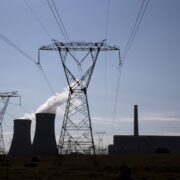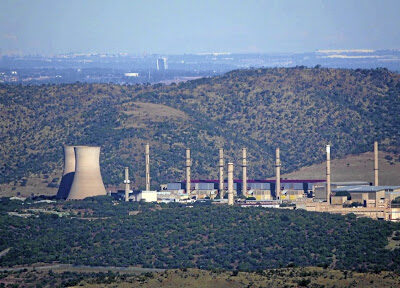
(Ecofin Agency) – It is clear that with its already-hard-to-pay heavy debt burden, Africa can not afford to finance its adaptation to climate change. So far, most of the funds received to finance climate projects on the continent have been loans, adding to the debt burden.
In a report issued on September 4, the Global Center on Adaptation-GCA estimates Africa’s adaptation needs at $100 billion a year. GCA says the resources will mainly be used to build adequate infrastructure, improve early warning systems for extreme weather events, and strengthen the resilience of agricultural production systems.
The “Accelerating Adaptation Finance – Africa and Global Perspectives” report based its estimate on an assessment of the Nationally Determined Contributions (NDCs), presented to the UN by African countries. According to available data, only 28 countries on the continent have integrated adaptation estimates in their NDCs, with the overall needs already amounting to $52.7 billion a year. Data is not available for the remaining 26 countries, which has led the GCA to consider that Africa’s announced adaptation needs are largely underestimated.
The report also reveals that the continent only received an average of $11.4 billion per year to adapt to climate change between 2019 and 2020.
Weak private commitment
Looking at how things are going currently, if the trend remains the same, Africa will only receive around $182 billion by 2035, which is about one-tenth of its actual needs. GCA also noted that only ten countries on the continent receive more than half of the adaptation finance. The bottom ten countries receive less than 1% and the ten most climate-vulnerable countries only receive 18%. At the same time, 54% of funds destined for the continent are channeled through debt, while nearly half of African countries are already in or at high risk of debt distress.
Multilateral development finance institutions are the largest source of funding dedicated to climate change adaptation in Africa, accounting for 53% of the total, followed by governments (26%), bilateral development finance institutions (16%), and the private sector (3%). The remainder comes from multilateral climate funds and philanthropic organizations. While there is room for these different players to increase their contributions, the report suggests that the private sector can do the most.











Comments